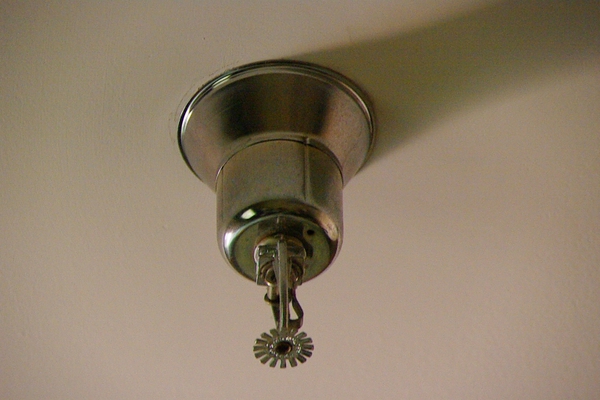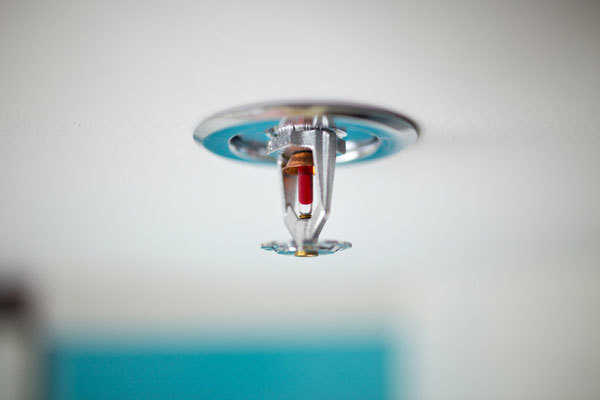You are viewing 1 of your 1 free articles
 Keith MacGillivray
Keith MacGillivraySprinklers can be installed without decanting tower blocks
Keith MacGillivray of the British Automatic Fire Sprinkler Association points to research showing the disruption caused by installation is minimal
 Keith MacGillivray
Keith MacGillivrayThe UK sprinkler industry has invested heavily in research to ensure we can produce evidence-based data for use by local and national governments.
It was British Automatic Fire Sprinkler Association (BAFSA)-backed research in 2011/2012 (the Callow Mount Sprinkler Retrofit Project) which proved that retrofitting of sprinklers in social housing was indeed feasible and cost effective.
A primary objective of this Sheffield high-rise sprinkler project was to determine the practicality of installing a complete system without the need for residents to decamp.
During the early stage of planning it was recognised that it was vital residents were happy with the proposals to install sprinklers in their homes and that many meetings would need to be held, before and during the project, to ensure they were kept fully informed and that their concerns were properly taken into consideration.
And they would be informed at all stages of the work that would affect them, of what was going to happen, when and how.
“The installation in each flat could be completed in less than one day."
Residents were invited to attend an initial meeting. This event was used to explain how fire sprinklers worked and included a multi-media presentation, “Sprinklers for Safety”. They heard from their provider, Sheffield Homes (now defunct), the South Yorkshire Fire and Rescue Service and BAFSA’s project manager Steve Seaber. They were also offered full details of the proposals for the block they lived in. At the end of the meeting, those present gave their unanimous support for the installation.
Regular progress briefings were held during the project development stage and in the week prior to work starting a further residents’ meeting was held to outline the actual programme and to inform them of the proposed dates for work in each flat.
Immediately after this meeting residents were given written notification confirming the dates, in compliance with Sheffield Homes’ tenancy agreements. Where the proposed dates proved inconvenient, individual alternative arrangements were made to reschedule the work.
Further regular meetings were held, as required, with groups of residents and individuals during the work in progress, which ensured that any emerging problems could be minimised and addressed. And good working relationships were maintained throughout as a result.
To allow the installation team to test and refine their approach without impacting on any of the residents, installation commenced in a vacant flat, kept for respite use. Systems were then installed in three additional flats. These included some that were occupied – at the request of the residents.
In light of this initial experience, the programme was slightly amended. The whole scheme covered 48 flats, including lobbies, boiler rooms and bin stores. Commissioning and snagging was completed in four weeks.
The experience revealed that the installation in each flat could be completed in less than one day without evacuating residents and the adopted approach ably illustrated how significant improvement in life and building safety can be readily achieved with minimal disruption.
“A tenant liaison officer was utilised to maintain on-going contact.”
In a subsequent project, a nominated tenant liaison officer was utilised to maintain on-going contact with tenants and leaseholders. They made a personal visit immediately prior to the work starting, to address any concerns and where necessary arrange for furnishings to be moved.
Post installation they carried out a follow-up visit. This approach ensured that occupiers had a known person to contact throughout the process.
This was smoothly realised through the co-operation of all concerned and clearly if the adopted approach could be fully integrated with other refurbishment work programmes, additional cost and time benefits would be achieved.
Keith MacGillivray, chief executive, British Automatic Fire Sprinkler Association
Inside Housing’s Never Again campaign is calling for the government to fund the retrofitting of sprinkler systems in all tower blocks across the UK.










